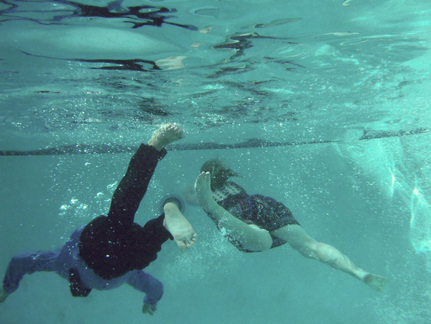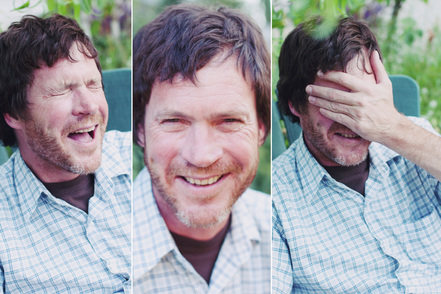I drive up and down the Ardsley Road hill to the train station often. I walk up and down this hill often too. Driving the hill is simple. Walking the hill is never simple. If you haven’t walked it, perhaps you don’t realize there is a sidewalk on only one side—and the sidewalk switches over to the other side of the road part way down the hill. Don’t ask me why they built it that way. Ask the planners who designed it. In fact, while you’re at it, ask them why they made the hill so steep too!
What this means is that everyone who walks the hill, whether they are a child, a teen, an elderly person, or even a disabled person, has to cross the road against two lanes of traffic, even if they don’t want to end up on the other side. There is a crosswalk. No signal lights, but there is a well-marked crosswalk. And, there is a sign warning drivers of the crosswalk, more than one in fact. They’re bright yellow. There’s even a sign reminding drivers it is a state law to yield for pedestrians in the crosswalk.
But, do most drivers stop? Nope. They simply don’t. Not here. We seem to have developed a culture in the Scarsdale that says, “Pedestrians, you are on your own. Only people in cars matter.”
What’s with that kind of attitude and disregard for simple kindness, to say nothing of following the state law?
I was surprised by how people drive here when I moved to Scarsdale three years ago. There’s a pervasive style a friend of mine called “elbows out”. As in; watch out, get out of my way, don’t make me wait, I want to go first; basically, the attitude, “I matter the most” prevails. That “elbows out” stuff shows up in other ways too, but it is most obvious on the streets.
Heading up the hill in my car earlier this week, I watched a jogger on the other side waiting patiently for an opening to cross. She got one, started across cautiously, then had to race back to the curb when a car actually sped up and zoomed over the crosswalk, narrowly missing the jogger. So, here’s what I did. I stopped. I sat there, waiting in my lane, the second one she would need to cross, for her to get another opening on her side. She finally did and crossed both lanes safely. She waved at me with a big smile three times, she was so grateful. Grateful because I obeyed the law. And, here’s what happened behind me. Can you guess? Yup, the driver behind me (who also had to stop) was not happy. Even though that driver could see what was going on, that driver had to let me know with some ubiquitous honking that my kinder gentler approach was not to his liking.
Yup, getting across Ardsley by foot is a killer. Let’s hope that is only metaphorical.
That “elbows out” stuff showed up on another hill yesterday. I was second in line waiting in my car to turn onto Ardsley. Traffic was heavy, and this intersection is a hard one to get across, even if you are in a car. The driver in front of me was not getting a chance to make a left turn safely. Can you guess what happened next? Sure enough, the driver in the car waiting behind me started laying on the horn. Then, I saw his hand shoot out the window with a particular finger raised. You know what I mean. But that apparently wasn’t enough. Next thing I know, that driver jumped out of the car, pumped both arms menacingly, and started yelling loudly to get a move on. I actually got scared of what might happen next. Thankfully, the first car turned soon after, allowing me to make a quick right and get out of the way before he peeled off across Ardsley.
Perhaps Ardsley Road should be re-named Angers Road.
When we carry around extreme tension, when we grab every second to advance ourselves before another, when we think “me first or my family first” almost exclusively, we really aren’t doing ourselves any good. It may seem like a way to success, but really, the biggest gain is an increase in blood pressure.
Living that way can make us all tight inside. Living “elbows out” can result in chronic stress. And chronic stress is linked to lots of negative effects, like heart attacks, stroke, lower immunity, blood sugar imbalance, poorer thinking, and even speeding up the aging process. Chronic stress can lead to problems in our relationships too. Even young kids are impacted in negative ways.
It’s much better for us if we can learn to keep a steady pace, a relaxed calm in our daily lives and save the stress responses for when we really need them. That’s what’s best for us physically and emotionally.
I like living in Scarsdale, but I’d like it even better if we had less “elbows out” attitude. Our community would be a kinder and gentler place. It would be an even better place to live, for us, for our kids, for our neighbors.
So, I’m all for putting the elbows down. It’s a better way to live. It’s better for you. How about it? Are you interested in joining me in keeping elbows at the side?
If so, I’ll sure be on the lookout for you next time I try to walk across Ardsley Road!







 RSS Feed
RSS Feed